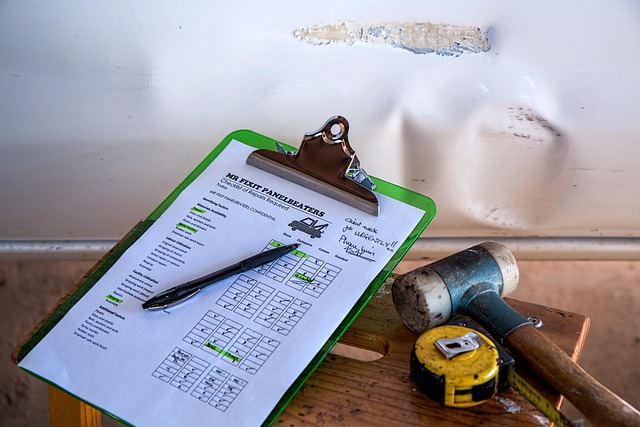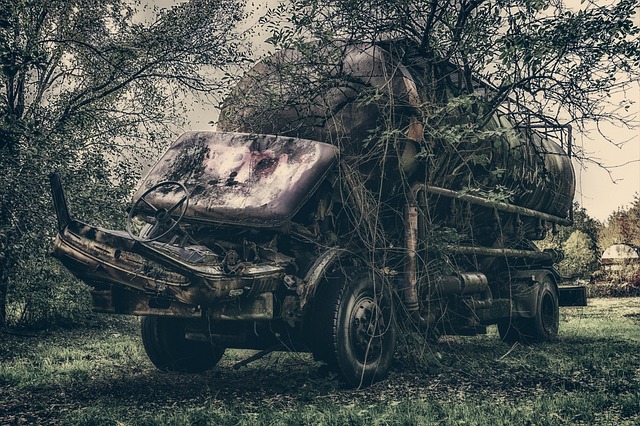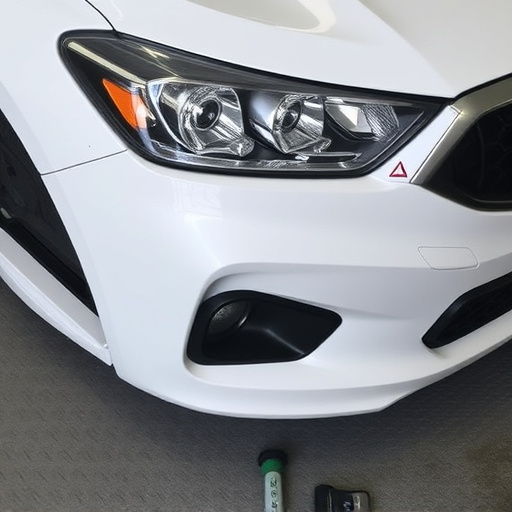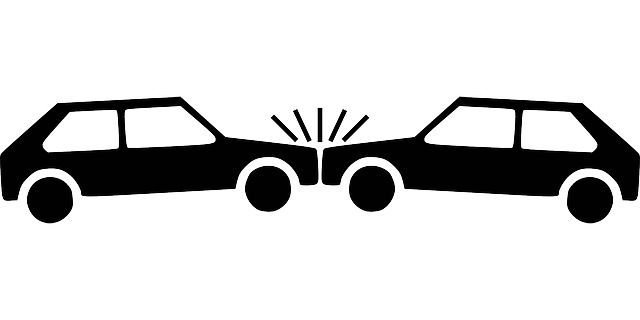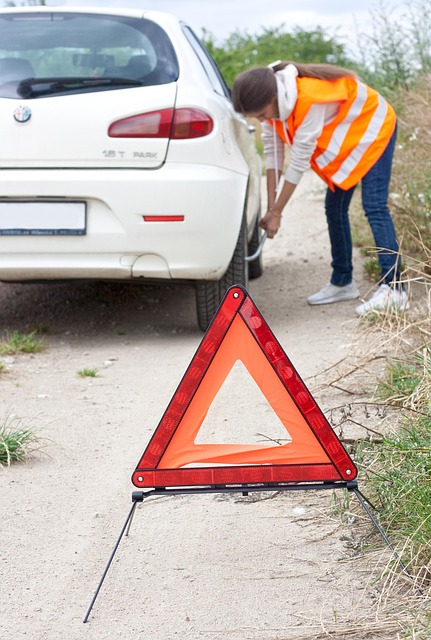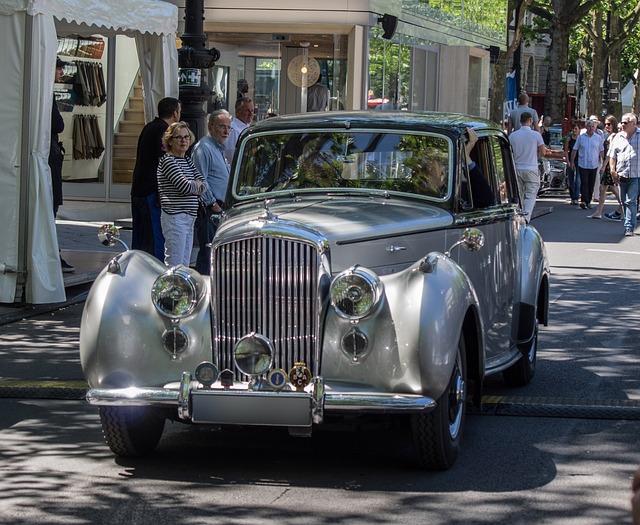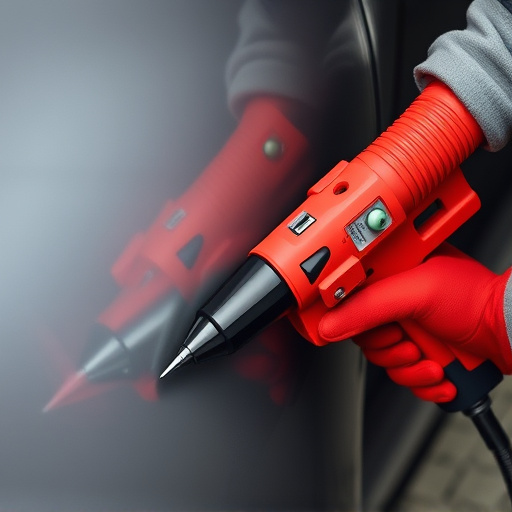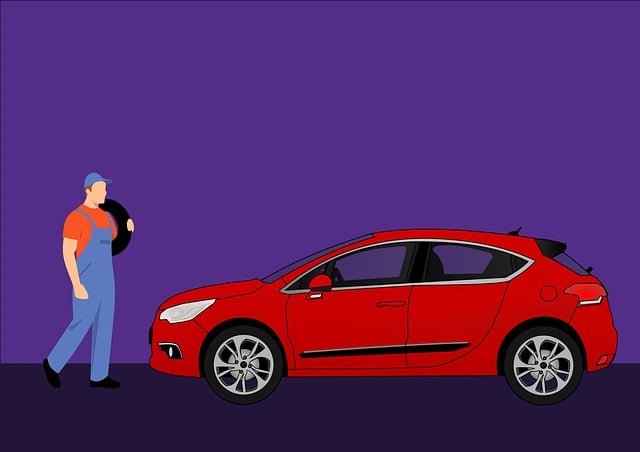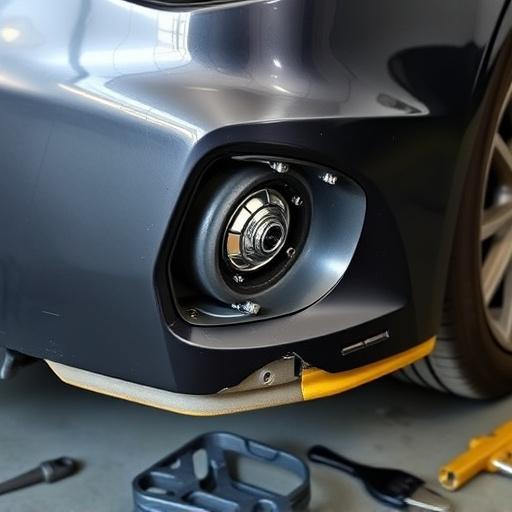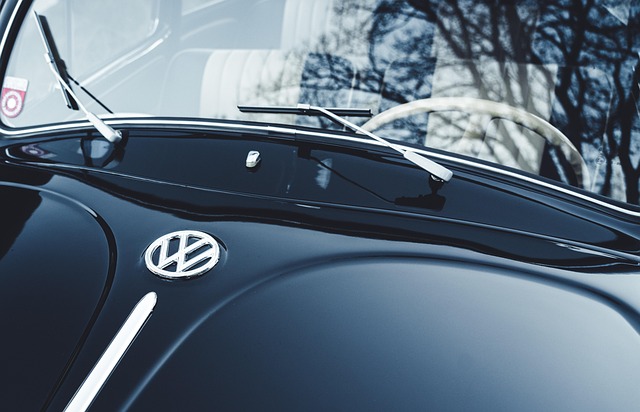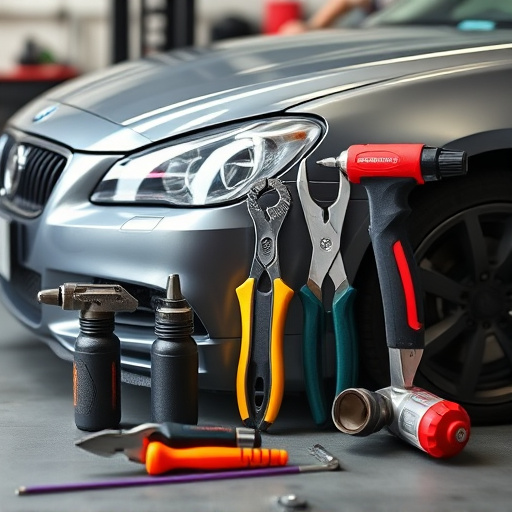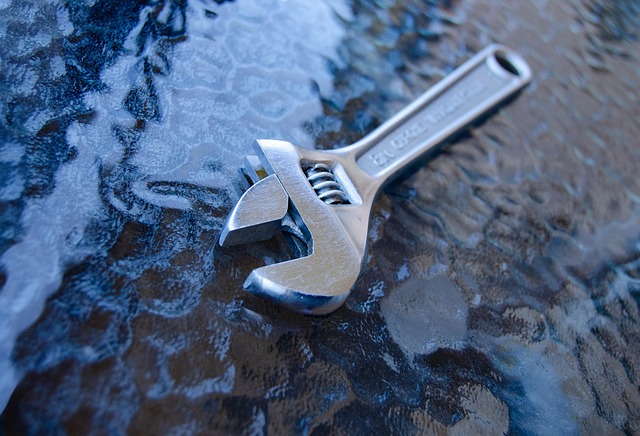Paintless Dent Repair (PDR) is revolutionizing auto repair with significant PDR advantages over traditional methods. By preserving the original factory finish, minimizing disruption and repair times, and reducing labor & material costs, PDR offers high-quality, cost-effective solutions for car owners. This innovative approach benefits businesses and customers alike, making vehicle restoration both accessible and affordable.
Auto shops increasingly promote PDR (Paintless Dent Repair) advantages over traditional replacements due to its significant financial, environmental, and operational benefits. This article delves into why PDR is a cost-effective solution, preserving original equipment value while offering quicker turnaround times. We explore case studies demonstrating substantial cost savings for auto shops and vehicle owners alike. Additionally, we highlight PDR’s eco-friendly nature, contributing to a circular economy by minimizing waste and resource consumption.
- Cost-Effectiveness of PDR: A Viable Option for Auto Shops
- – Highlight the financial benefits of PDR over replacements
- – Discuss reduced labor costs and material expenses
Cost-Effectiveness of PDR: A Viable Option for Auto Shops
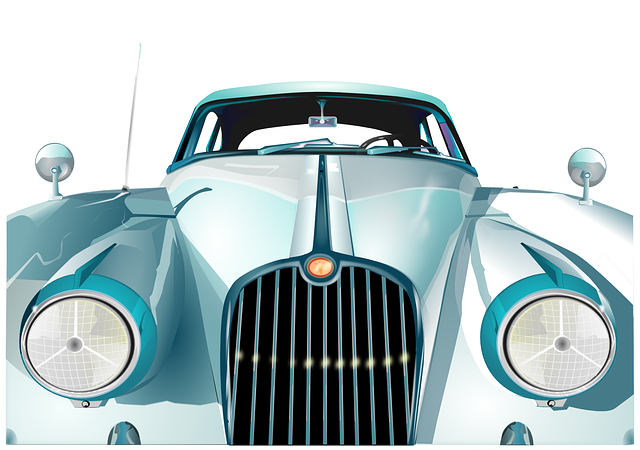
In the realm of auto repair and maintenance, Paintless Dent Repair (PDR) has emerged as a game-changer for automotive body shops. One of the primary reasons behind this shift is the significant cost-effectiveness that PDR offers compared to traditional replacement methods. Auto shops are now recognizing that PDR advantages extend beyond just saving money; it also streamlines the repair process, reduces downtime for customers, and enhances overall vehicle aesthetics.
By utilizing specialized techniques and tools, PDR allows technicians to remove dents and dings without resorting to sanding or repainting entire panels. This not only minimizes material costs but also cuts down on labor expenses associated with more extensive repairs. For auto body shops, this means increased profitability and the ability to pass on these savings to customers while still providing high-quality service. Moreover, PDR’s precision ensures that the car’s original finish is preserved, making it an attractive option for those who value the longevity of their vehicle’s appearance.
– Highlight the financial benefits of PDR over replacements

When comparing PDR (Paintless Dent Repair) to traditional replacements, auto shops often point to significant financial advantages. PDR is a cost-effective solution for both businesses and consumers. For auto shops, it reduces labor costs associated with extensive collision repair services, as it involves less disassembly and specialized equipment. This method is particularly beneficial for minor dents and scratches, allowing mechanics to perform auto dent repair on-site, saving time and overhead expenses.
Additionally, PDR preserves the original factory finish, ensuring the vehicle retains its resale value and aesthetic appeal. Unlike collision repairs that may require extensive painting and re-finishing, PDR advantages include minimal disruption to the vehicle’s surface, making it an attractive option for those seeking a quick turnaround without compromising on quality or aesthetics.
– Discuss reduced labor costs and material expenses
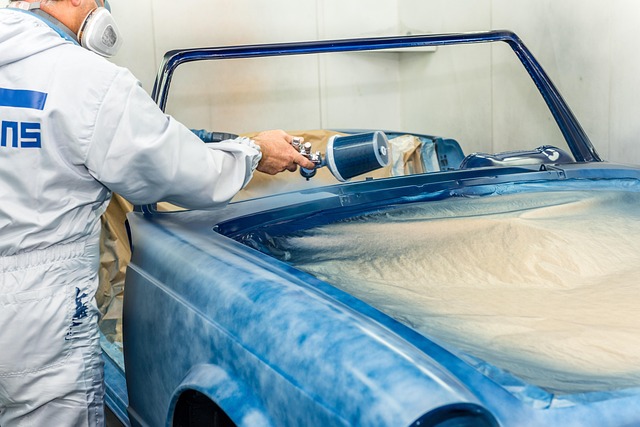
One of the primary reasons auto shops promote PDR (Paintless Dent Repair) advantages over traditional replacement methods is cost-effectiveness. PDR offers a more affordable solution for both the business and the customer. Labor costs are significantly reduced as the process doesn’t require intricate disassembly or extensive painting work, often seen in collision center procedures. This simplicity translates to shorter repair times, thereby minimizing labor expenses.
Additionally, material costs are kept low since PDR only requires specialized tools, such as paint scrapers and air compressors, along with a skilled technician. Unlike collision repair services that might necessitate costly new panels or extensive body work, PDR is less invasive and leaves minimal, if any, visual evidence of the previous dent. This cost-saving approach not only benefits businesses but also makes car body repair more accessible for vehicle owners looking to restore their vehicles without breaking the bank.
Auto shops increasingly promote PDR (Paintless Dent Repair) advantages over replacements due to its cost-effectiveness. By minimizing labor costs and material expenses, PDR offers a more affordable option for customers while preserving vehicle value. This non-invasive method is a win-win for both shop owners and car owners, ensuring vehicles look like new without the high price tag of traditional repairs.
